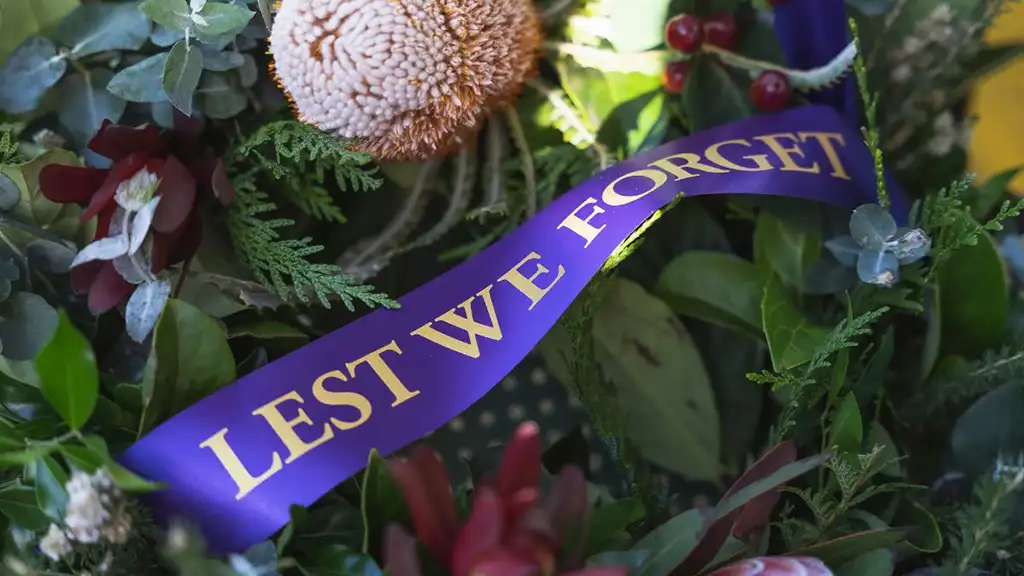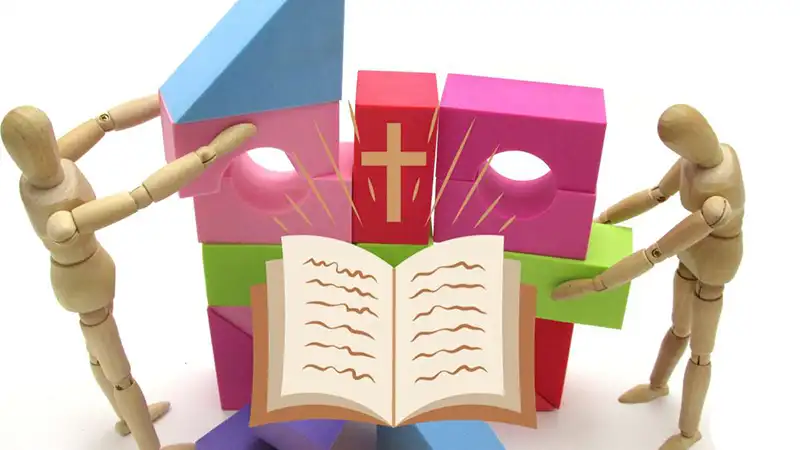The draft relationships and sexuality education (RSE) framework was quietly published yesterday. But we noticed it! So now it’s your turn to speak up!
These are the proposed guidelines to replace the previous explicit, extreme and age-inappropriate 2020 guidelines that were loaded with radical sexuality, gender ideology, preferred pronouns, and also allowed for schools to hide important health information about students from their own parents!
The new framework is now available for feedback and insights from concerned parents and community leaders like you. The Ministry of Education says “The framework sets out the proposed teaching to be covered in RSE each year. The focus is on ensuring RSE content is age-appropriate, evidence-informed, internationally comparable, and clear about what to teach and when from Years 0 to 13.”
The consultation period is open until 9 MAY 2025. You will find a link to have your say further down this newsletter.
READ THE DRAFT RSE FRAMEWORK (highlights are ours)
The (Important) Bottom Line…
These Government-sanctioned programmes targeted at children as young as five undermine the role and values of parents; outside groups often use them to push a radical leftist sexuality-and-gender ideology; and the resources often fail to take into account the emotional and physical development of each child and the values of each particular family.
As parents or caregivers, it’s our job to be the voices our children trust the most on the topic of relationships and sex.
We must be courageous and talk about sex, relationships, marriage, abstinence, respect and consent with our children.
**The other significant concern is that no matter what the framework says, if there’s any vagueness or ‘wiggle-room’, radical groups like InsideOut, RainbowYouth, Family Planning and other activists will go to the extreme end – often hiding their agenda from parents (as we have exposed over the past five years, and which has led to this review).
Framework: Some positives, but some red flags
POSITIVES in the draft framework
- ensuring RSE content is age-appropriate, evidence-informed”
- “Talking about RSE at home with your kids helps reinforce what they learn at school and deepens their understanding of themselves and others. Parents and caregivers may also want to have conversations with their children at home first before explicit teaching happens at school. That’s why it is so important that we get this part of the curriculum right.”
- “Schools still need to talk to parents about their health education plans, and you can choose to take your child out of any part of sexuality education..” EXCELLENT!
- Year 8 (age 12-13): “New Zealand law sets a legal age of consent for sexual conduct.” (Should be reinforced at all levels)
- Year 10 (age 14-15): “Biological sex (e.g. chromosomes, hormones, and anatomy)” “chromosomes, hormonal levels, and anatomy all determine whether people are considered biologically male or female…” (Back to biology)
RED FLAGS in the draft framework
- the statement “research from the Education Review Office (ERO) undertaken last year, which found there is too much inconsistency in what RSE is being taught and when, and it often depends on where a child goes to school” fails to acknowledge the values of the parents in the community where the school is. It’s their children being impacted. They should have a say – and that’s why there have been variations on what has been delivered. That’s not a bad thing. One size does not fit all.
- Year 4 (age 8-9): What does “inclusion” mean?
- Year 6 (age 10-11): What does “Respecting others’ interests and preferences” mean?
- Year 8 (age 12-13): Why are we teaching “Sexual attraction and orientation / Healthy sexual activity” to underage children
- Year 9 (13-14): “they can access support and advice and when they do, they have rights. For example, doctors must keep what they say confidential.” “they can get confidential advice and help with sexual health, including where and when to get testing and treatment.” “make informed choices about sexual health, including understanding the different options for preventing pregnancy and STIs (including abstinence) and which might work best in different situations. Access products to ensure safer sex practices and reduce health risks, including when and where to get help when needed” (Note the age of the child, and the secrecy!)
- Year 10 (14-15): “access products to ensure safer sex practices and reduce health risks, including when and where to get help when needed.” “get confidential advice and help with sexual health, including where and when to get testing and treatment.” (Again, note the age of the child, and the secrecy! What about the majority who are NOT sexually active and should be affirmed in that decision.)
- Year 11 (15-16): “perspectives differ throughout society and across different societies regarding sex, gender, and reproduction” (Gender ideology formally kicks in?)
- Year 11 (15-16): teach students to know how to: • sustain a conversation that deepens their individual and collective understanding of safe sexual behaviour. • describe strategies for safe participation in sexual behaviour, if choosing to do so. This includes appropriate contraception to prevent unwanted pregnancies and appropriate protection against STIs.• access accurate information and support for themselves or their peers if faced with an unintended pregnancy.” (Note the absence of any strong encouragement of abstinence and tools to maintain that status. (Surveys show that the overwhelming majority of the class will not be sexually active.))
Have Your Say
For each age group, you’ll be asked whether the content is appropriate for that age group.
Be sure to check the age groups that your children are in, and ask yourself whether you want teachers and even outside groups to be talking to your children about these subjects.
You can also comment on which material IS suitable, and which material is NOT.
The Ministry needs to hear from you – the parent – because you can be sure that radical groups like InsideOut and Family Planning will be trying to push this framework to its radical extreme.
Have Your Say! Short Survey.
The Ministry says that once the consultation closes, “feedback will be consolidated into key actions and incorporated into the design of the health and physical education learning area. The updated learning area will be released for consultation in Term 4, 2025.”
We will be ready!
They also say “The updated health and physical education learning area is planned to be gazetted in 2026 and required for use from 2027.”
BE THE LOUDEST VOICE FOR YOUR CHILDREN ON THIS TOPIC. Let’s not leave the door open for our children to be taught about sexuality and gender theory by the voices of people whose agendas and values don’t align with ours. We must speak up – for the sake of our children.



